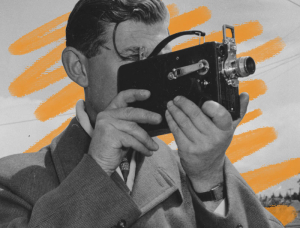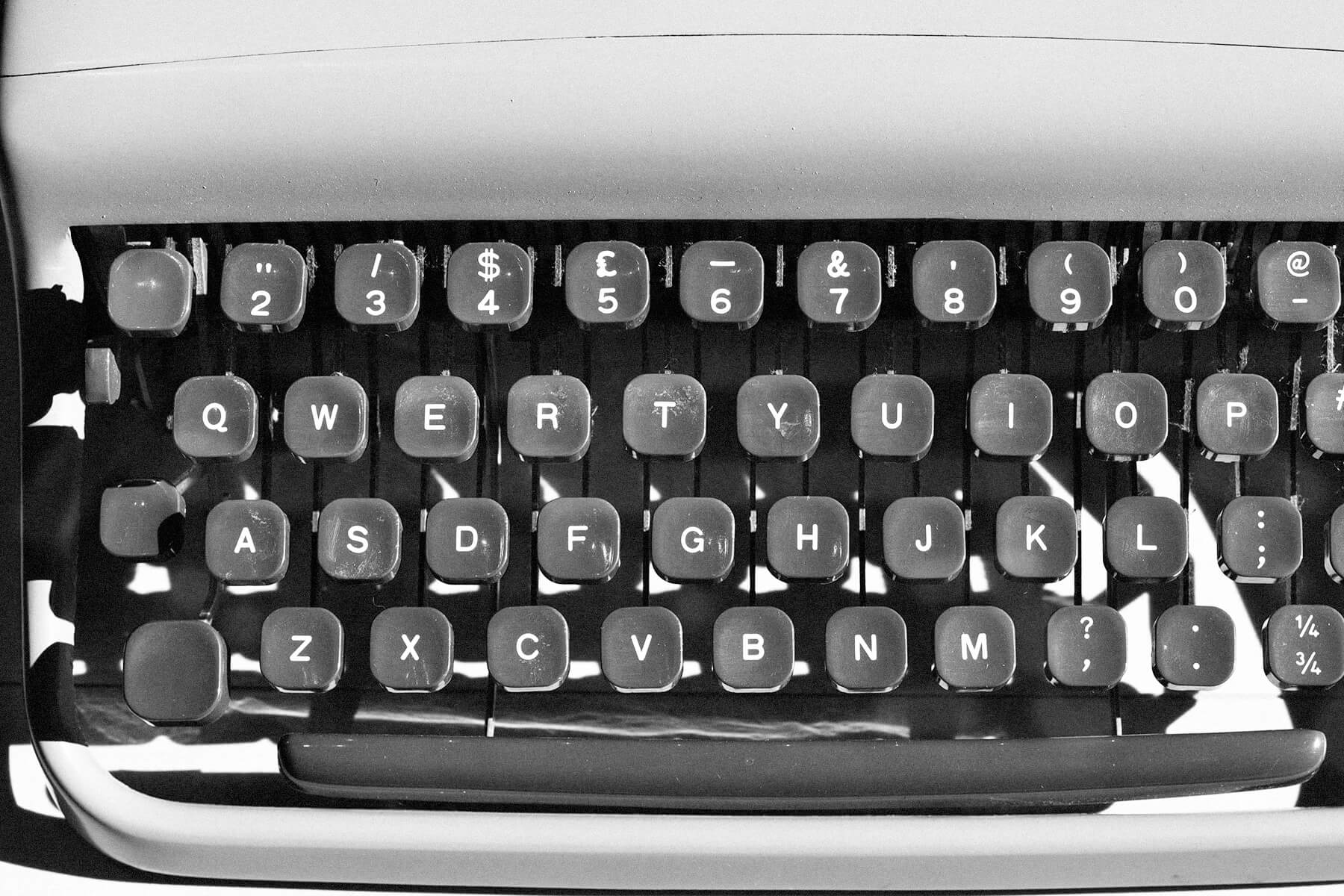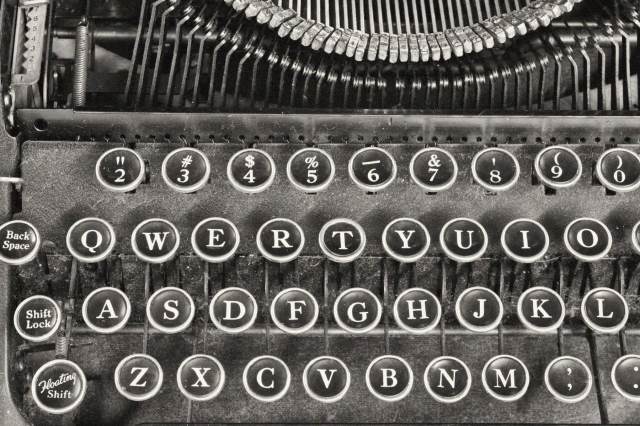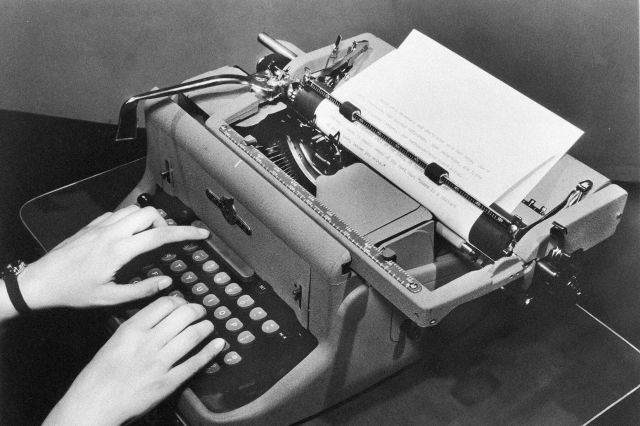Where Did the QWERTY Keyboard Layout Come From?
The QWERTY keyboard layout is so common that most of us never stop to question its unusual arrangement of letters. But when we do look down at our keyboards, we might find ourselves struggling to understand the logic behind the layout: Why does the top row begin with the letters Q, W, E, R, T, Y?
Found on nearly every computer, laptop, and smartphone worldwide (at least in countries that use a Latin-script alphabet), this seemingly random configuration of keys has an interesting history — though perhaps not the one most people have been led to believe.
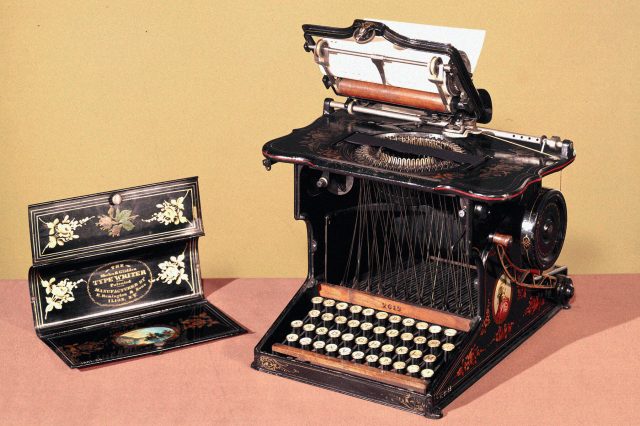
The Rise of the Typewriter
During the 19th century, inventors came up with various kinds of machines designed to type out letters. Most of these machines, however, were large and cumbersome, often resembling pianos in size and shape. In some cases, they proved highly valuable to people with visual impairments, but for general use they were inefficient, being much slower than simple handwriting.
Enter Christopher Latham Sholes, an American inventor who, in 1866, was working alongside Carlos Glidden on developing a machine for numbering book pages. Sholes was inspired to build a machine that could print words as well as numbers, and he and Glidden soon received a patent for their somewhat ungainly prototype. The contraption had a row of alphabetized keys that, when struck, swung little hammers with corresponding letters embossed in their heads. The keys, in turn, struck an inked ribbon to apply the printed letters to a sheet of paper. It was far from the perfect solution, however, so Sholes persevered.
Five years later, in 1872, Sholes and his associates produced the first-ever practical typewriter. Rather than an alphabetized row of keys, this new typewriter featured a four-row layout with what was then a QWE.TY keyboard (with a period where the R is today). In 1873, Sholes sold the manufacturing rights to the Remington Arms Company, which further developed the machine. It was marketed as the Remington Typewriter — complete with the slightly altered QWERTY key layout. It became the first commercially successful typewriter, and in so doing made the QWERTY keyboard the industry standard.



